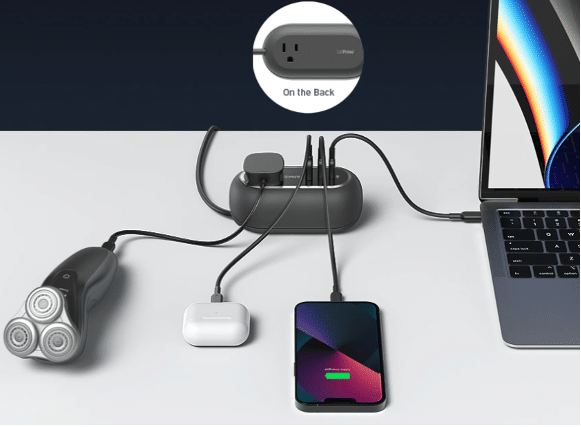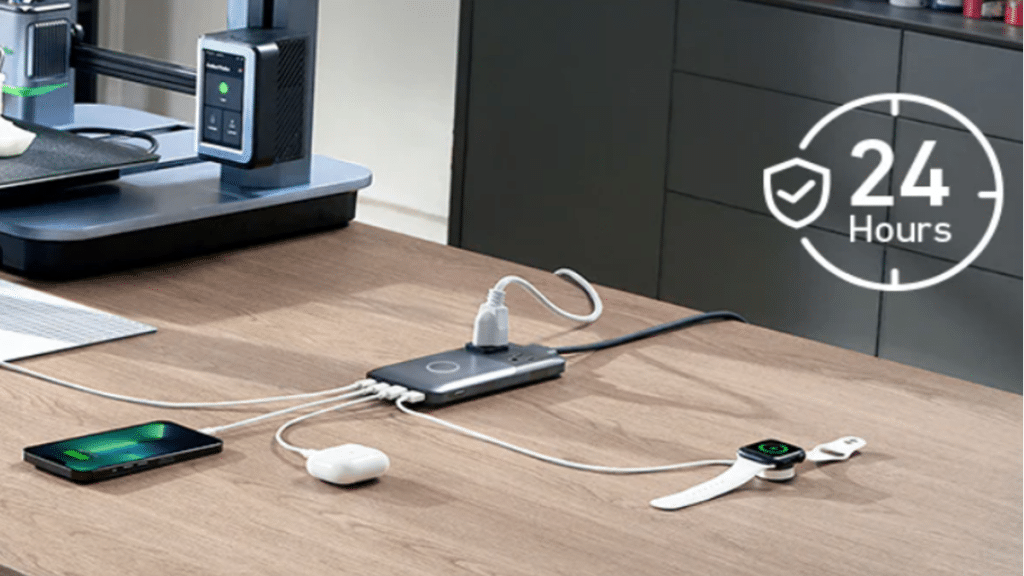Surge protectors are like the unsung heroes of your home tech setup, quietly guarding your gadgets from unexpected power surges and spikes. But to make sure they do their job right and last as long as possible, you’ve got to treat them with a little TLC. This guide will walk you through how to properly use and maintain your surge protector, so your electronics stay safe and your surge protector stays effective for the long haul.
How to Use Your Surge Protector Like a Pro
Getting the most out of your surge protector starts with using it correctly. Here are some tips to help you out:
Pick the Right Surge Protector for Your Needs
Not all surge protectors are created equal. When choosing one, look for a high joule rating—that number tells you how much energy the surge protector can absorb before it stops working. For pricey, sensitive electronics like your computer or home theater system, it’s worth investing in a reputable brand that offers comprehensive protection. And don’t forget to make sure it has enough outlets to plug in all your devices!
Always Plug It Into a Grounded Outlet
This one’s super important: make sure you’re plugging your surge protector into a properly grounded outlet. Grounding is key for the surge protector to work its magic and redirect any extra voltage away from your devices. If you’re not sure your outlets are grounded, it might be worth having an electrician check things out to keep everything up to code.
Don’t Overload It
It might be tempting to plug all your gadgets into one surge protector, but be careful not to overload it. Each surge protector has a maximum load it can handle, usually listed in watts or amps. Overloading it can make it less effective and increase the chances of it failing. If you’ve got a lot of high-power devices, like a refrigerator or space heater, spread them out over multiple surge protectors.
Use Good Quality Cables
Don’t skimp on the cables you use to connect your devices to the surge protector. Make sure they’re high-quality and in good shape, capable of handling the power your devices need. Worn or cheap cables can cause electrical issues and reduce the effectiveness of your surge protector, so it’s worth using ones you trust.

How to Keep Your Surge Protector in Top Shape
A little maintenance goes a long way in keeping your surge protector working well over time. Here’s how to do it:
Regularly Inspect for Wear and Tear
Every once in a while, take a close look at your surge protector. Check for cracks, frayed cords, or any other signs of damage that could mess with its performance. If you spot anything off, it’s time to upgrade to a new surge protector.
Keep an Eye on the Indicator Lights
Most surge protectors have indicator lights that show you if they’re working properly. A green light usually means all is good, while a red light might signal a problem. Make it a habit to glance at these lights every now and then to ensure everything’s functioning as it should. If something seems wrong, it’s better to replace the surge protector sooner rather than later.
Replace After a Major Surge
If your area experiences a big power surge—like from a lightning strike—it’s a good idea to replace your surge protector afterward. Even if it seems fine, the internal components might have taken a hit, making it less effective at protecting your devices in the future.
Keep It Clean and Tidy
Dust and debris can gather around your surge protector over time, which isn’t great for performance. Make sure to keep it clean and the area around it clutter-free. A quick wipe-down with a dry cloth every now and then will do the trick.
Wrapping It Up
Using and maintaining your surge protector properly is key to keeping your electronics safe and ensuring the surge protector itself lasts as long as possible. By following these simple tips, you can rest easy knowing your devices are well-protected. So, invest in a good surge protector, take care of it, and it’ll take care of your tech for years to come
